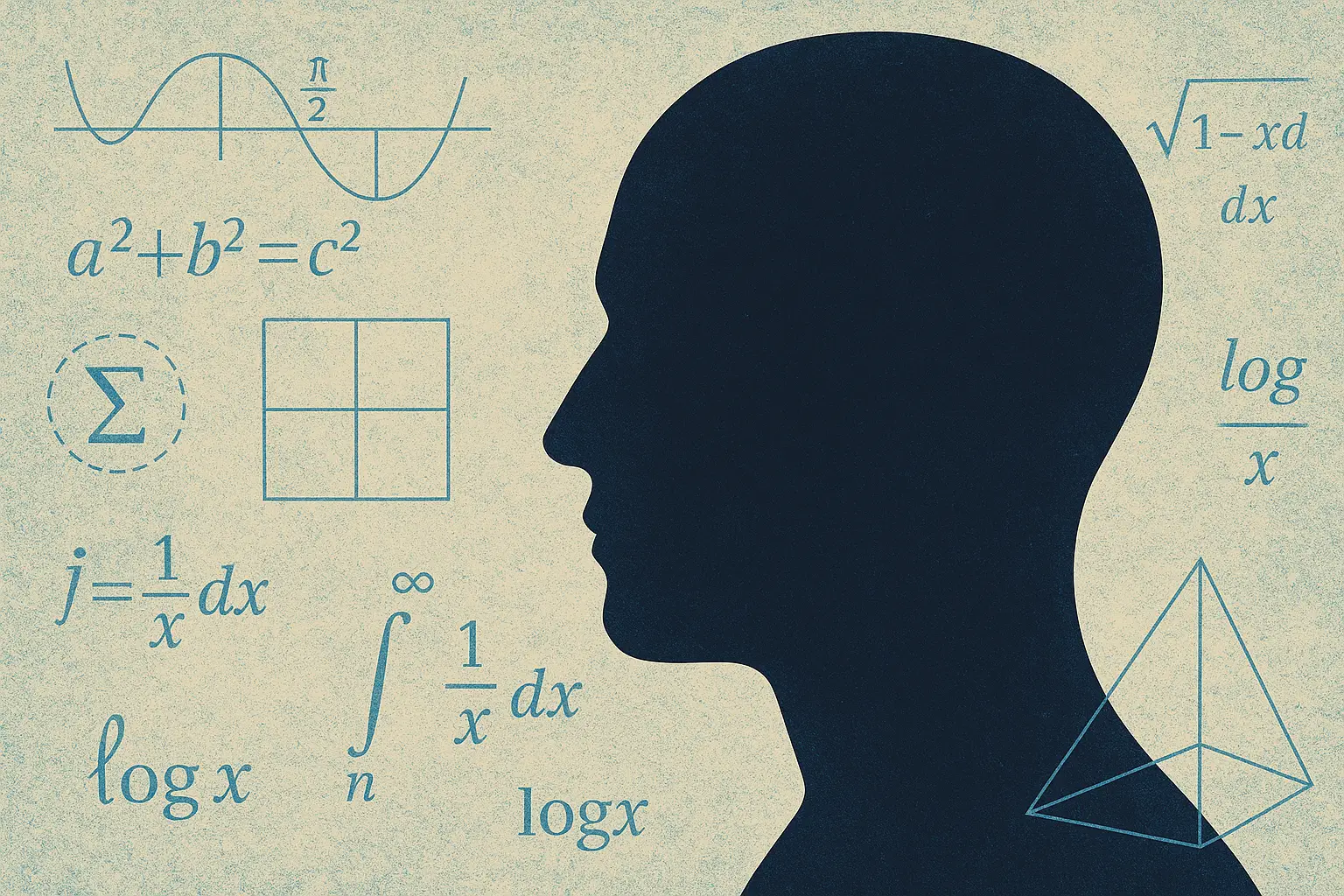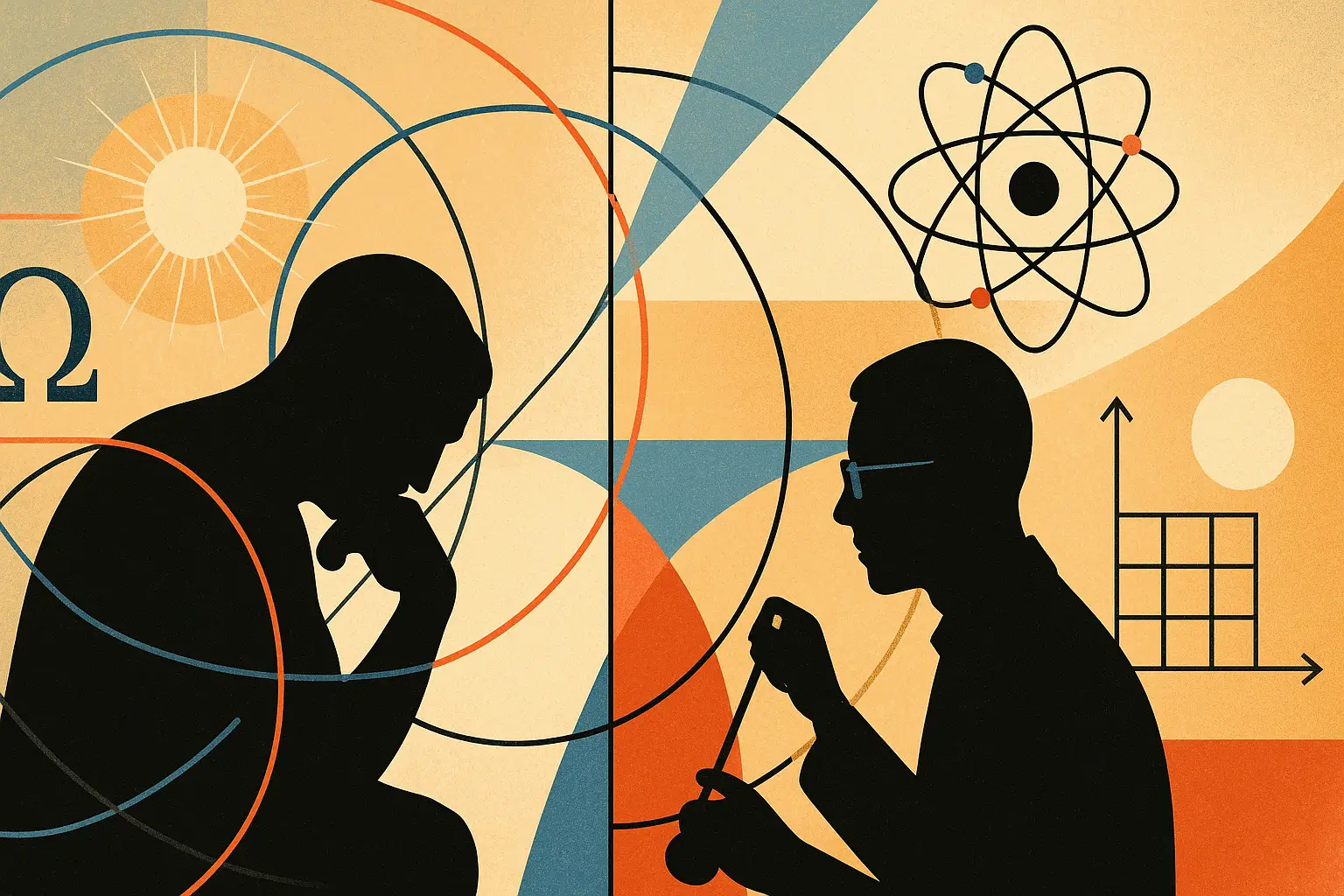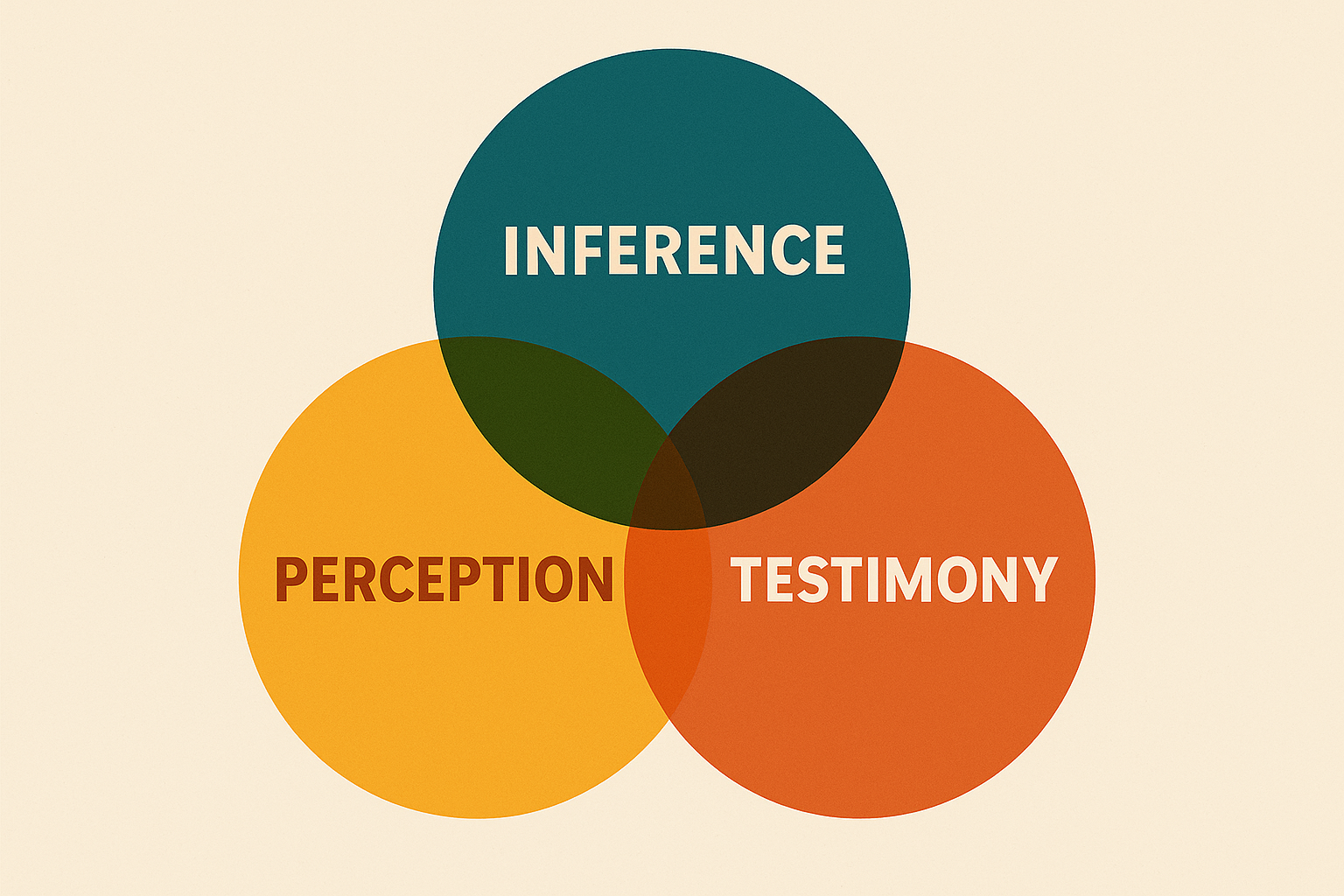The Mathematical Universe and the Bhāgavata Conception of Consciousness
Max Tegmark’s Mathematical Universe Hypothesis (MUH) is among the most audacious ontological claims in contemporary philosophy of science. Its central proposition is disarmingly simple: the universe is not described by mathematics—it is mathematics. Physical reality, in this view, is identical with a particular mathematical structure, and every consistent mathematical structure likewise corresponds to some universe. Our cosmos is merely one among infinitely many, a local manifestation of mathematical possibility. The appeal of this view lies in its extraordinary parsimony. It seeks to explain everything without appealing to anything beyond logical consistency. If mathematical structures exist timelessly and self-consistently, then no external cause or metaphysical substrate is required. Yet precisely because it attempts to dissolve metaphysics into mathematics, the hypothesis stands on a precarious philosophical foundation.
The Leap from Logic to Existence
The vulnerability of Tegmark’s position is not primarily scientific but ontological. It hinges on a silent but crucial assumption: that mathematical existence is equivalent to metaphysical existence. To say that all consistent mathematical structures exist is to assert that logical possibility entails ontological actuality. Mathematics, even on the most robust realist accounts, describes formal relations abstracted from experience. To move from formal coherence to concrete existence is to cross a categorical boundary. The problem is not that mathematical structures cannot be real, but that their reality, if accepted, does not by itself explain why they are actualized or how they are known. The MUH risks conflating the consistency of a description with the being of that which is described, trading the old metaphysical question—“why is there something rather than nothing?”—for a new one: “why does mathematical consistency have existence at all?”
Consciousness as the Ground of Reality
It is here that comparison with the Bhāgavata Purāṇa illuminates the discussion. The Bhāgavata tradition begins from the opposite premise: where Tegmark takes structure to be primary, it places consciousness at the foundation of reality. Existence is not mathematical but experiential, not impersonal but self-revealing. In Bhāgavata metaphysics, ultimate reality is Brahman, apprehended most fully as Bhagavān—the personal and self-aware ground of being. The universe is not a static object but an act of manifestation, a līlā or divine play, through which consciousness expresses its own potential. Order and regularity are not denied but reinterpreted as the visible rhythm of a living intelligence. Awareness, in this view, is self-luminous: it knows itself without mediation and therefore requires no external justification. Mathematical order is one of the forms through which consciousness articulates itself.
The Mirror of Awareness
From this perspective, Tegmark’s universe is self-consistent, while the Bhāgavata’s is self-aware. The former achieves completeness by excluding the subject; the latter achieves it by including one. Both affirm unity, eternity, and coherence, yet they diverge over the status of mathematics itself. For Tegmark, mathematics is autonomous and mind-independent. For the Bhāgavata philosopher, such autonomy is incoherent: to speak of truth or existence already presupposes awareness. The mathematical structure of the universe, then, is real—but only as the form consciousness takes when it views itself objectively. Equations are reflections on the surface of awareness, not its source.
The Grammar and the Meaning of the Cosmos
Seen in this light, Tegmark’s vision is not false but incomplete. His mathematics delineates the grammar of reality but not its meaning. It describes the structure of the cosmic text but omits the authorial act that renders it intelligible. The MUH captures coherence but not actuality—it explains how reality can be consistent, but not why it is known or felt. Bhāgavata metaphysics restores those missing dimensions by treating awareness as both knower and known, the subject and the object of all experience. Perhaps the two perspectives are not ultimately opposed. Tegmark’s mathematics may be the outer face of what the Bhāgavata calls sat-cit-ānanda—being, consciousness, and bliss—expressed in the language of form rather than feeling. The difference is that for the Bhāgavata tradition, the ultimate is not merely consistent but aware; not only rational but relational.






